Master Wong “Martial Arts For The Modern World”
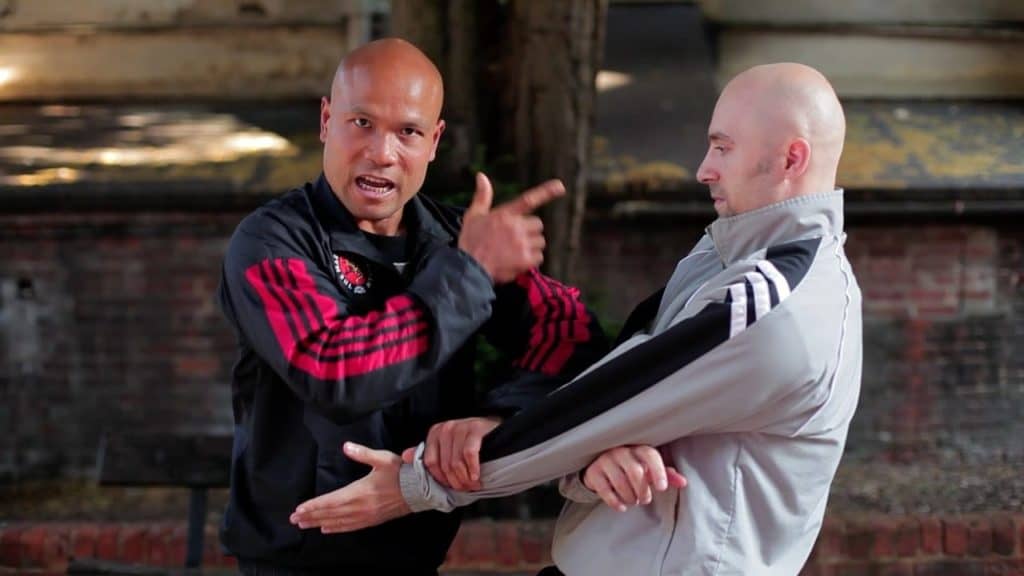
Master Wong, could you please tell us about your martial arts history and what styles you have studied?
I have been involved in martial arts for around 30 years, but as for training, I would say that I have been seriously training for the last ten years. What I mean by that is, for the previous ten years, I have been practicing every day. Lots of people can say they have been training for 20 – 30 years, but they are not training. They are just going to class once or twice a week and messing around. Unless you are putting in hard work every day, then I don’t believe you are honestly training. I have learned many martial arts, including Wing Chun, Tai Chi for health and Tai Chi for combat, JKD, weapon arts, street defense systems, and many other things. So when I teach my students, I can give them exactly what they need, and I don’t have to be fixed or rely on just one art. I teach my students the traditional principles, made for the 21st century. People need to understand that times have changed, I don’t live in old China where people were using a bow and arrow. I live in a modern world where people use knives and guns. You have to change your mindset and understand what the real dangers of the street are. The first thing the enemy will try to do is box you, then grapple you, then take you to the floor and use whatever they can to hurt you. They will use a brick, knife, or whatever they can to bust your face open. This is the modern world we must be training for.
Do you still teach the forms to your students within this modern approach?
Yes, I teach the forms in a modern way so that you can learn how to apply them. Everything I teach is based on the following basic principles.
Know yourself. This means that you must understand the basic principles of ABC. Meaning that you shouldn’t try to spell until you have learned your A B C’s. So your basic foundation is learning the form and learning how to understand each movement. Once you start to understand this, then you can begin to practice and flow as an individual, not just someone who is copying the moves. These basics need to be drilled until you can use them realistically and apply them.
Know your enemy. Your enemy will come in all shapes and sizes. They will try to punch you, kick you, and do all sorts of things to hurt you. So once you have understood the movements of the form and you “know yourself,” then you can start to apply the moves against your enemy to finish them. Once you can do this, the third thing I teach is…
Know your ability. This is very important to understand because if you don’t understand, then you are going to get taken out quickly. Your enemy is not your wife! They are coming to hurt you and possibly kill you. They are not there to make love with you. So you must know that you can take this person out quickly. If you don’t want to hurt them, then you must understand how to keep them away from you. Understand how to control the distance and stay safe. Think about it. If you kill someone when defending yourself, then you will go to jail. That’s why it’s important to know your ability. The final principle I teach my students is…
Know your surroundings. When you are training in your school or gym, the floor is so soft and smooth that when you fall, you don’t hurt yourself. But when you are on the street, it’s different. You need to understand your surroundings so that you don’t fall over and bang your head. If you fall and hit your head on the concrete, then you are dead! So this is the way I teach. My students must understand what is the reality, and are not just doing the movements for the sake of doing them. There are no rules in the real world; your enemy won’t stop and doesn’t care if you tap out. They will smash your face in. This is the problem.
Do you view sports fighting and training for the street differently?
Sports fighting and the street are two completely different things. Sports fighting has rules, a judge, only two persons are in the ring fighting, and usually competing for a trophy. On the street, my hands are going for your eyeballs to blind you. I will go for your throat and then your nuts. I will twist off your nuts and shove them in your face. People need to understand that street fighting is about survival, and I will do whatever it takes to stay alive. The person who comes up to you in the street could be a drug addict, and they won’t play nicely with you. How do you know who your opponent is? Maybe they are carrying a knife, gun, or some other weapon. So you first need to ask yourself, what are you training for? This is why when a new student comes to me and wants to learn. I first have to judge his character to see if they are a nice person and consider if they are responsible enough to learn from me. If I teach someone how to use a knife and then they come to stab me in the back, I’m dead. They could use the skills I have taught them to cause harm instead of using it to protect themselves and their family. So I need to know what they are going to use my martial art for and look at their character.
How much emphasis do you put on strength training, conditioning, and cardio?
Okay, what I do is a lot of bodyweight exercises. There is no point in doing activities that have no use for the real world. For example, there is no point for me to train my testicles to become iron and spend time taking kicks to the groin. This is just wasted time for me so that I won’t practice it. People don’t realize that martial arts are intended to keep your body fit and healthy, not to cause permanent damage that’s going to catch up with you when you get older. So you need to understand what you are training for, and how to become fitter and stronger without damaging your body. Ask yourself, what do you want to achieve from your training? Once you have reached 50 years old, you will start to realize that all of the stupid hard training you did when you were younger has damaged your body, and it is useless. So to answer your question, I train intelligently for my health and martial arts.
How much time do you spend practicing Chi Sau?
When I teach my students, I show them Chi Sau in a different way. Firstly you need to understand that Chi Sau only works at a very close grappling range. When I see other people practicing Chi Sau with their arms stretched out, their arms are out of range. I don’t understand. It makes no sense to me at all. In a real confrontation, your enemy is not going to be stupid enough to stand there and give you their arms. So why waste your time practicing it that way. This is why when I’m teaching, I explain to my students that when a fight takes place in the street, the enemy will be very close to you, or they will be at a distance where you can’t reach them. In my opinion, there is never a time where the enemy is at the Chi Sau range we see other people practicing. I can never understand why people practice in this way when it has no use at all in a real fight. I would rather spend my time training Chi Sau realistically at a range that is more likely to happen when the enemy tries to grab your throat and harm you. So when you get your ass kicked in a real fight because you wasted your time practicing things at the wrong range, don’t blame your instructor, blame yourself for not questioning these things in the first place. You are the one who found the instructor. The instructor didn’t find you. You are the only one to blame. Remember this: the way you do anything is the way you do everything!
Learn more about Master Wong
To learn more about Master Wong and the martial art system he teaches, please visit his website, Facebook page, and Youtube channel by clicking on the links below.
Website: www.masterwongsystem.com
Facebook page: www.facebook.com/wingchunmastertv
Youtube channel: www.youtube.com/channel/masterwong


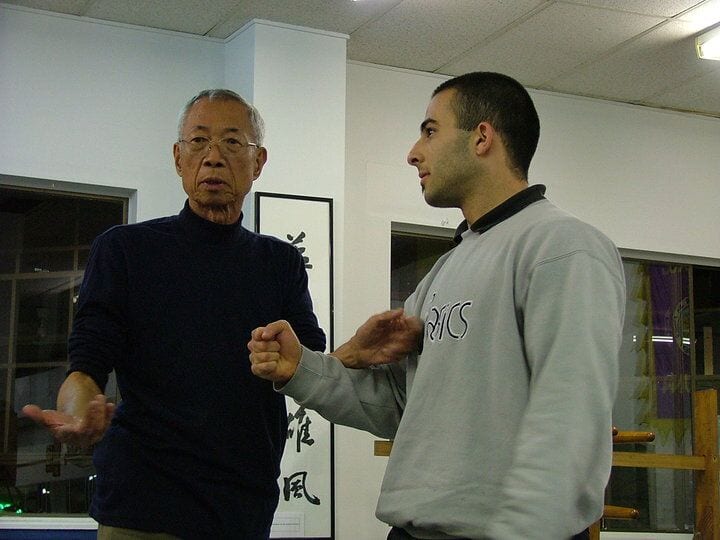
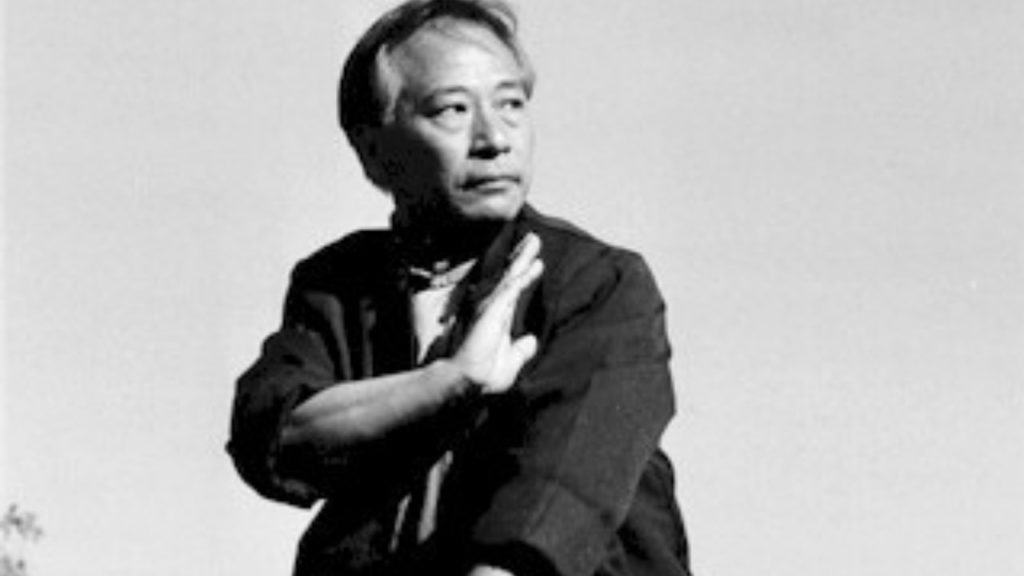

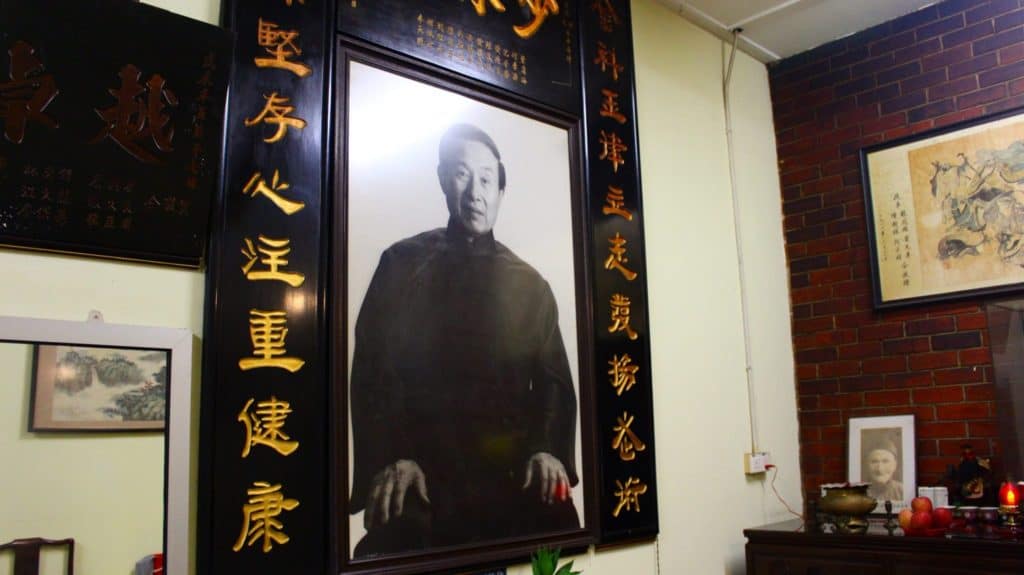
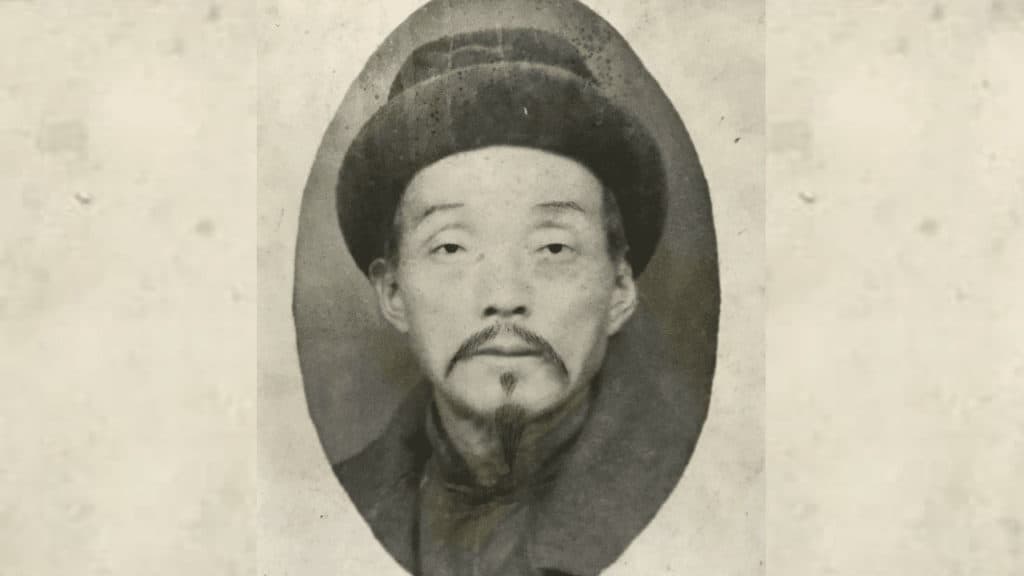
Wow! What an amazing read and realistic perspective from Master Wong. He speak the truth and is not afraid to tell it how it is. Thank you for doing this interview martial man
You should get Master Wong and Adam Mizner together for a friendly spar. 🙂
Okay, a lot of Cardio, etc, the most common physical based training methods used by Martial Artists the throughout the World. This is okay when you’re in your 20s, and 30s, not nearly as good, (with some exceptions), when you are 40s and 50s and almost useless for anyone 60 or older.
Are you suggesting that as you get older there is no real need for having Self-Defense Skills?
I agree that martial arts can become a weapon in the wrong hands. It is difficult to know ahead of time what someone will do with it. Even people who defend themselves can go overboard and seriously injure or harm someone. I’ve been injured in a class where competition was valued over skills. There are many police, military, and special forces who are in classes and who get carried away just by simply training. Why are these epeople not being held accountable?
Where can you study these techniques?
Interesting article. I really like the enthusiasm that he puts in every video.